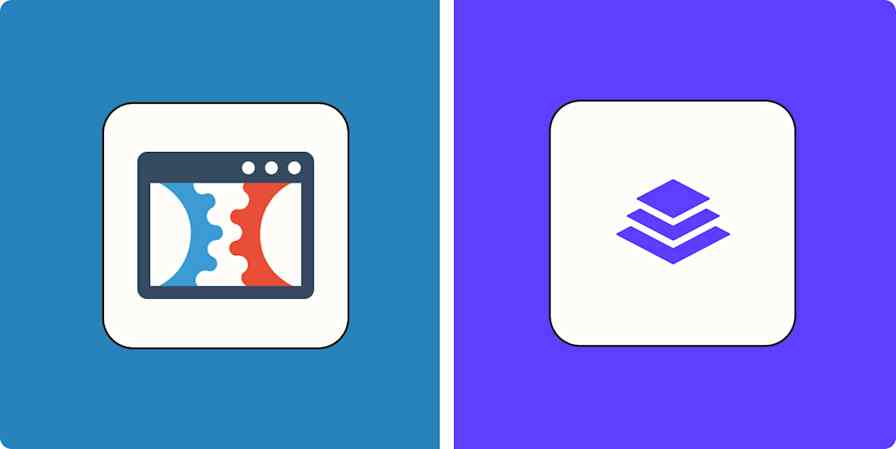Marketing tips
5 min readLead lifecycle stages: How to develop your lead management process
By Kara Susvilla · July 10, 2022

Get productivity tips delivered straight to your inbox
We’ll email you 1-3 times per week—and never share your information.
Related articles
Improve your productivity automatically. Use Zapier to get your apps working together.









